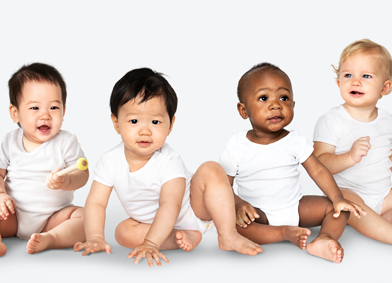Call Us Today (203) 439-7731
Call Us Today (203) 439-7731

The United States has experienced a significant decline in birth rates over the past several decades. From a peak of around 3.7 births per woman in the late 1950s, the fertility rate dropped to approximately 1.6 in 2023, well below the replacement level of 2.1 needed to maintain a stable population without immigration.
This trend, combined with increasing life expectancies, is leading to an aging population where the proportion of seniors (aged 65 and older) is growing rapidly while the working-age population shrinks. By 2080, seniors could make up 23% of the population, up from 12% in 2005.
This demographic shift is creating challenges for seniors, particularly in areas like financial security, healthcare, and social support.
Social Security, a pay-as-you-go system funded by payroll taxes from current workers, is under increasing pressure due to fewer births. The worker-to-beneficiary ratio has fallen from 5.1 in 1960 to 3.3 in 2005 and is projected to drop to 2.1 by 2040.
This imbalance means fewer workers are supporting more retirees, leading to projections that the Old-Age and Survivors Insurance trust fund will be depleted by 2033, potentially resulting in benefit cuts of up to 23% without legislative changes.
For seniors, this could mean reduced monthly payments, forcing many to work longer or rely more on personal savings, which may not be sufficient given longer retirements spanning 18 years or more.
The growing number of seniors amid declining birth rates is boosting demand for healthcare services while reducing the supply of younger workers to provide them. The old-age dependency ratio, which measures non-working seniors relative to the working-age population, is rising, putting strain on Medicare and other programs.
This could lead to shortages in healthcare professionals and caregivers, higher costs for services, and longer wait times. Seniors may face difficulties accessing quality care, especially in rural areas, exacerbating issues like isolation and health declines.
A shrinking workforce due to low fertility rates threatens overall economic growth, which indirectly affects seniors through reduced investment returns and slower prosperity gains. The share of working-age people peaked in 2007 and is declining, potentially dragging GDP per capita growth by 0.4% annually through 2050 in advanced economies like the US.
For seniors, this means potentially lower returns on retirement investments and a broader economic environment with less innovation and productivity, making it harder to sustain living standards in retirement.
With fewer children being born, family sizes are shrinking, meaning seniors have fewer relatives to provide informal care and emotional support. This shift increases reliance on formal care systems, which are already strained, and could lead to higher rates of loneliness among the elderly.
Additionally, the dependency ratio's rise erodes traditional intergenerational support, where younger generations help fund and care for the old.
To mitigate these impacts, policies could include encouraging higher fertility through family supports, increasing immigration to bolster the workforce, raising retirement ages, and boosting productivity via technology and education. While immigration has helped the US avoid full depopulation, sustained low birth rates require multifaceted responses to ensure seniors' security.
Without action, the challenges for seniors will intensify, affecting their financial stability, health, and quality of life.